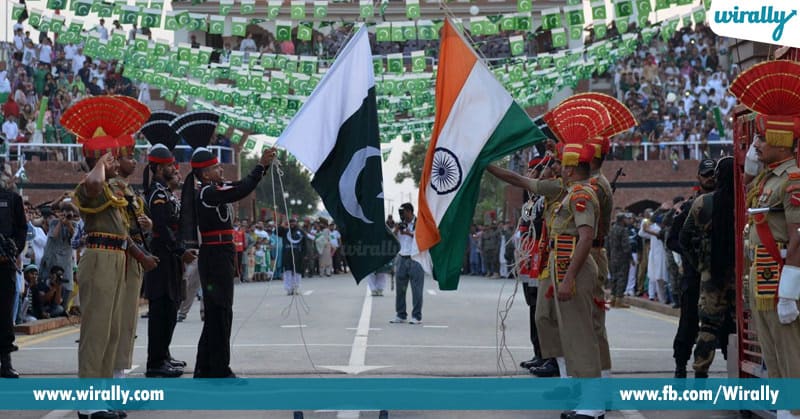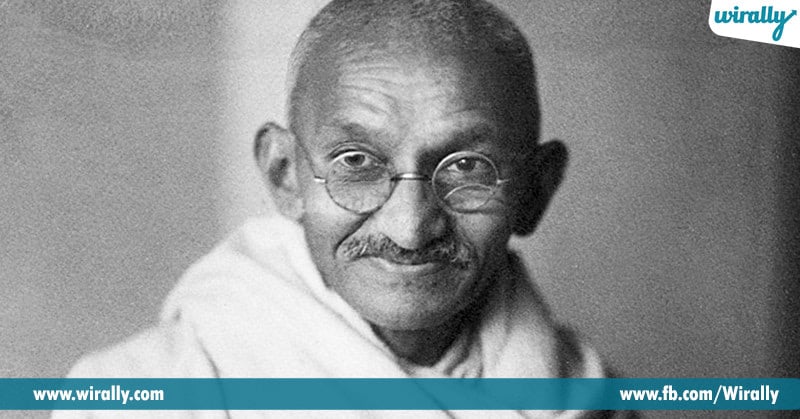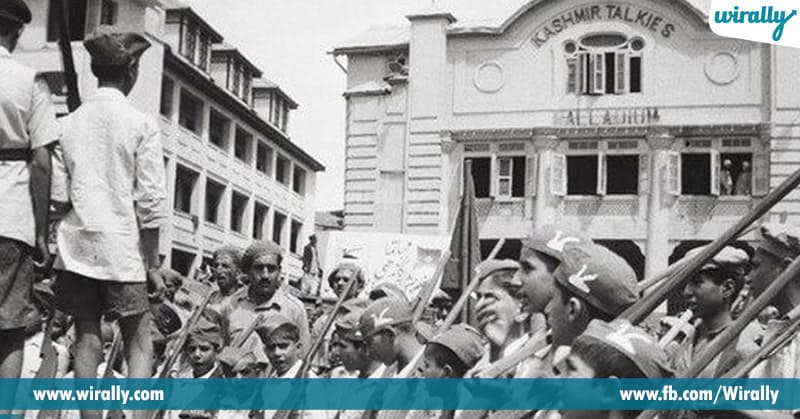Independence for the country was the most fruitful thing that the fighters have got after their immense struggle. But following this, India-Pakistan separation has been a bitter incident that changed the history and future of the two countries. Many lives were uprooted and many lost. Its ripples are still felt today. Wars have been happening between the two countries. On Aug 17, 1947, the Radcliffe Line was formally declared as the boundary between India and Pakistan, two days following the Partition of India. British government had given the responsibility of dividing Punjab and Bengal province between the Union of India and Dominion of Pakistan to Sir John Radcliffe. He was commissioned to equitably divide 4,50,000 km sq of territory with 88 million people.
We bring you some shocking facts about the separation.
1. Cyril Radcliffe, the man who designed the border between the two countries arrived in India only a few days before the partition and had no knowledge about anything except the geographical layout of the country. His ignorance has created a rift between to two religions in the country. He had given the boundary without any consideration of the religious and cultural communities.
2. The British government gave him only 5 weeks to complete the daunting task. Radcliffe had finalized new maps between Aug 9 and Aug 14.
3. The Indian government now estimates that 83,000 women and girls were abducted and molested during Partition, but other believed this estimate is far too conservative.
4. This partition has become the largest mass migration in human history.
5. The two countries celebrate their independence days on two different dates. This is because Mountbatten wanted to personally attend both Pakistan’s and India’s Independence ceremony.
6. Even though both Pakistan and India achieved Independence on 14th and 15th of August respectively, it wasn’t until the 17th of August that there was an announcement of a border between the two countries.
7. The Father of the Nation, Gandhi was not present in Delhi during the partition. Instead, he was in Calcutta, on August 15, 1947, where he prayed, confronted rioters and worked with Huseyn Shaheed Suhrawardy to stop the communal killing.
8. On the day of partition, people of Bengal’s Muslim- dominated districts- Murshidabad and Malda- had put Pakistani flags on their houses, but they later came to know that was part of India. Chittagong, with only 2 percent Muslim population went to Pakistan (now Bangladesh).
9. The estimated loss of life during the partition of India is one million. For Punjab alone, the loss of life is estimated somewhere between 500,000-800,000 and 10 million people were forced to flee for their lives.
10. After the partition, Pakistan got 1/3rd of the Indian Army, 2 out of major 6 metropolitan cities and 40% of the Indian Railways lines.
11. The princely state of Jammu and Kashmir had not decided which side to join by August 1947. Pakistan believed that J&K; should belong to their side since it housed a large number of Muslims. However, the Hindu Maharaja finally agreed to join India in October 1947














